Lesson Plan > Lesson 13 > Mathematics
Elementary Level: Counting to 50
Mid Level: Division Basics (Up to 2-Digit Numbers)
Hgh Level: Rational Numbers and Their Operations
Elementary Level (Kinder to Grade 2)
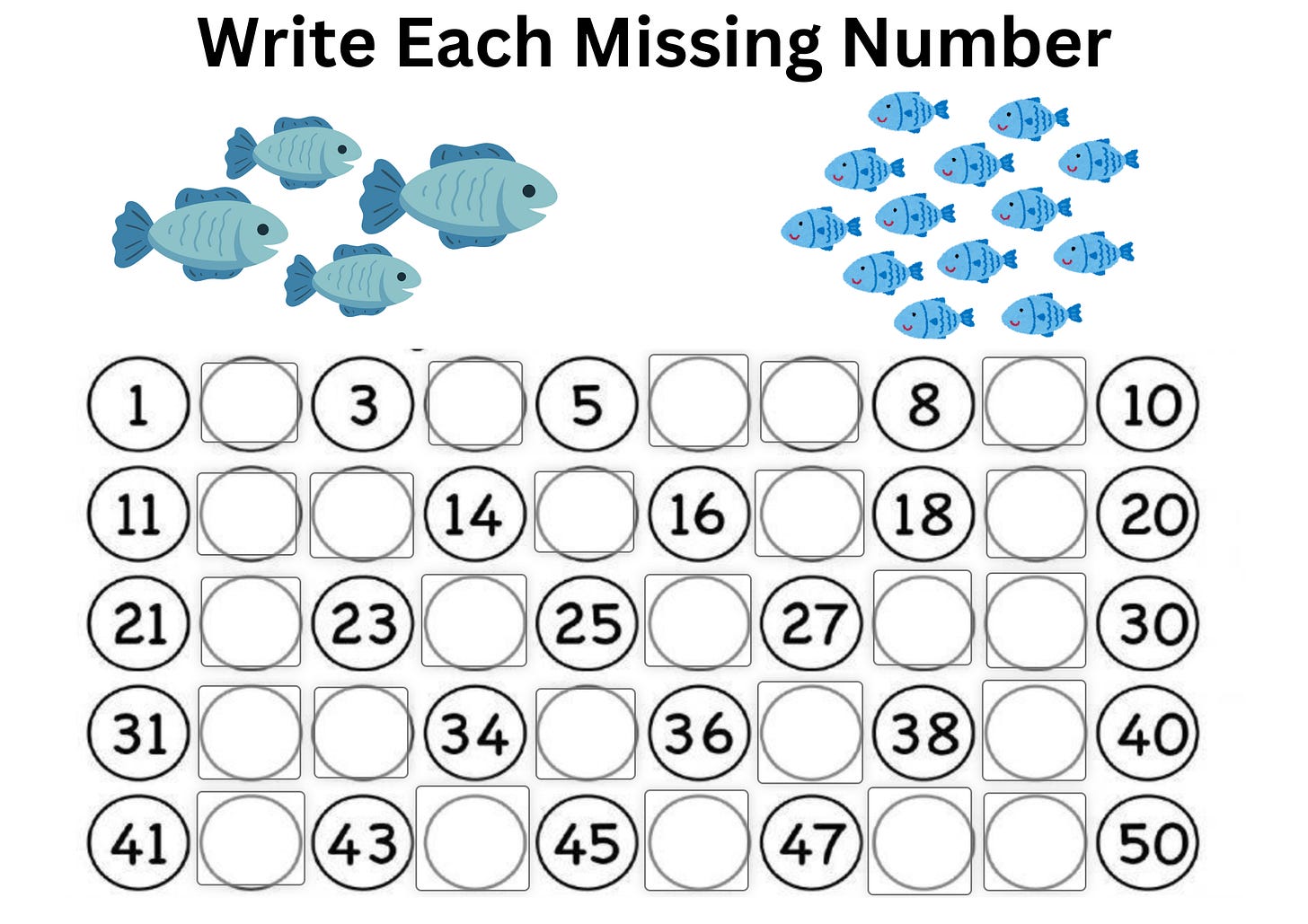
Subject: Counting to 50
Alignment with Standards:
- CCSS.MATH.CONTENT.1.NBT.A.1 – Count to 120, starting at any number less than 120. Read and write numerals and represent objects with a written number.
- CCSS.MATH.CONTENT.K.CC.A.1 – Count to 100 by ones and by tens.
- CCSS.MATH.CONTENT.1.NBT.B.2 – Understand that two-digit numbers represent tens and ones.
Objectives
By the end of this lesson, your child will be able to:
✅ Count aloud from 1 to 50 accurately.
✅ Recognize and identify numbers 1 to 50.
✅ Understand patterns in numbers (e.g., counting by ones and tens).
✅ Complete a number chart fill-in activity to assess learning.
Materials Needed
📌 Number Chart (1–50)
📌 Flashcards with numbers (1–50)
📌 Small counting objects (e.g., beads, buttons, blocks)
📌 Printable worksheets for number recognition
📌 Whiteboard and markers
Lesson Activities
1️⃣ Warm-Up (5–10 minutes) – Number Recognition
🎯 Activity: “Find the Number!”
- Show number flashcards randomly (1–50).
- Ask the child to say the number aloud.
- Play a scavenger hunt by hiding number cards around the room and having them find and call out the numbers.
2️⃣ Teaching & Guided Practice (20–25 minutes)
🟦 Activity 1: Counting by Ones
🔢 How Many?
- Use objects (beads, buttons, blocks) to count from 1 to 50.
- Have the child place each object next to the correct number on a chart.
- Encourage them to count aloud while pointing at each number.
🛤️ Activity 2: Counting by Tens
🎲 Tens Jumping Game
- Show a number line and have the child jump or clap every time they count by 10s (10, 20, 30, 40, 50).
- Use a song or chant to make it fun!
✏️ Activity 3: Using a Number Chart
💡 Filling in Missing Numbers
- Give the child a partially completed number chart (1–50).
- Ask them to fill in the missing numbers to reinforce number order.
3️⃣ Assessment (10–15 minutes)
📄 Number Chart Fill-in Activity
- Provide a worksheet with missing numbers and ask the child to fill in the blanks.
- Example: 10, __, 12, 13, __, 15…
- Observe if they count correctly without skipping numbers.
🎯 Bonus Challenge:
- Ask: “What comes before 23? After 35?“
- Introduce a simple word problem: “Lily has 35 stickers. If she gets 5 more, how many does she have?”
4️⃣ Wrap-Up & Fun Game (5 minutes)
🎮 “Number Hopscotch”
- Draw numbers 1–50 on the floor (or use paper tiles).
- The child hops from one number to the next, saying each number aloud.
🎉 Celebrate Progress & Give High-Fives!
Next Steps
✅ If the child masters counting to 50 → Move on to counting to 100 and simple addition.
✅ If they struggle → Spend more time on flashcards, number songs, and hands-on activities.
Mid Level (Grade 3 to 5)
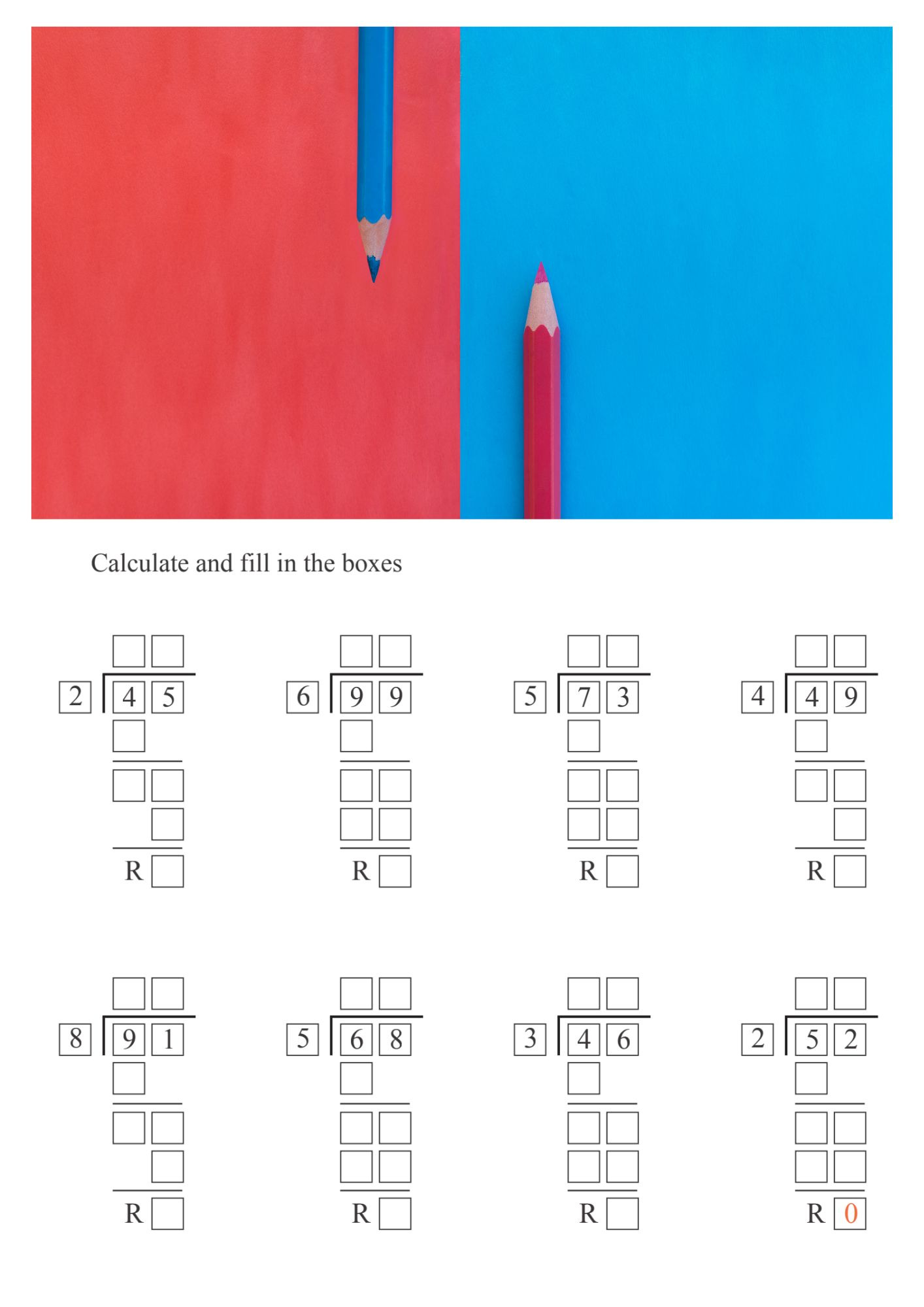
Subject: Division Basics (Up to 2-Digit Numbers)
Alignment with Standards:
- CCSS.MATH.CONTENT.4.NBT.B.6 – Find whole-number quotients and remainders with up to four-digit dividends and one-digit divisors.
- CCSS.MATH.CONTENT.4.OA.A.3 – Solve multistep word problems using whole numbers and assess the reasonableness of answers.
Objectives
By the end of this lesson, your child will be able to:
✅ Understand division as equal sharing or grouping.
✅ Use standard long division algorithms to divide numbers up to two digits.
✅ Interpret remainders in division problems.
✅ Solve real-world problems involving division.
Materials Needed
📌 Whiteboard and markers
📌 Flashcards with division facts
📌 Small objects (e.g., buttons, beads, or LEGO bricks for sharing activities)
📌 Graph paper for organizing long division problems
📌 Printable worksheets for division practice
Lesson Activities
1️⃣ Warm-Up (5–10 minutes) – Division as Sharing
🎯 Activity: “Divide and Share”
- Give the child a set of objects (e.g., 24 buttons).
- Ask them to divide equally among different groups (e.g., 24 ÷ 4 = 6 per group).
- Ask: “What happens if we can’t divide evenly?” (Introduce remainders).
2️⃣ Teaching & Guided Practice (20–25 minutes)
🔢 Activity 1: Understanding Division Vocabulary
✏️ Explain Key Terms
- Dividend: The number being divided.
- Divisor: The number we divide by.
- Quotient: The result.
- Remainder: What is left over.
Example: 25 ÷ 4 = 6 remainder 1
- 25 = dividend
- 4 = divisor
- 6 = quotient
- 1 = remainder
📝 Activity 2: Long Division with Remainders
🎲 Step-by-Step Practice
- Model a simple long division problem (48 ÷ 5):
- Divide: How many times does 5 fit into 48? (9 times)
- Multiply: 9 × 5 = 45
- Subtract: 48 – 45 = 3
- Remainder: 3 left over → 9 remainder 3
- Have the child practice with guided problems, using graph paper to line up numbers.
🎭 Activity 3: Real-Life Division Word Problems
📖 Example:
- “Sarah has 35 candies and wants to share them among 6 friends. How many does each get? Are there leftovers?”
- Discuss how the remainder affects the answer in real-life situations.
3️⃣ Assessment (10–15 minutes)
📄 Division Practice Problems
- Solve basic division problems (e.g., 36 ÷ 6, 52 ÷ 7).
- Solve a real-world word problem requiring division.
🎯 Bonus Challenge:
- Introduce 2-digit by 1-digit division without remainders (e.g., 84 ÷ 7) and then with remainders (95 ÷ 8).
4️⃣ Wrap-Up & Fun Game (5 minutes)
🎮 “Division Bingo”
- Create a Bingo board with division problems.
- Your child solves the problem and marks the answer on their board.
- First to complete a row wins!
🎉 Praise and review any mistakes together.
Next Steps
✅ If the child masters basic division → Move on to dividing larger numbers and decimals.
✅ If they struggle → Spend more time on hands-on activities and visual models.
High Level (Grade 6 to 8)

Subject: Rational Numbers and Their Operations
Alignment with Standards:
- CCSS.MATH.CONTENT.7.RP.A.1 – Compute unit rates associated with ratios of fractions, including ratios of lengths, areas, and other quantities measured in like or different units.
- CCSS.MATH.CONTENT.7.RP.A.2 – Recognize and represent proportional relationships between quantities.
- CCSS.MATH.CONTENT.7.RP.A.3 – Use proportional relationships to solve multistep ratio and percent problems.
Objectives
By the end of this lesson, your child will be able to:
✅ Understand and write ratios in different forms (a:b, a/b, “a to b”).
✅ Solve real-world ratio problems, including scaling recipes and mixing colors.
✅ Identify and apply proportional relationships to solve equivalent ratio and unit rate problems.
✅ Use tables, graphs, and equations to represent proportions.
Materials Needed
📌 Measuring cups and spoons (for recipe scaling activity)
📌 Paint or food coloring (for mixing paints activity)
📌 Printable ratio worksheets
📌 Graph paper and markers
📌 Calculator (optional for unit rate calculations)
Lesson Activities
1️⃣ Warm-Up (5–10 minutes) – Introduction to Ratios
🎯 Activity: “Real-World Ratios”
- Ask: “Where do we see ratios in real life?” (e.g., recipes, maps, sports stats).
- Show different ways to write a ratio:
- Example: If there are 2 red marbles for every 3 blue marbles, we can write it as:
- 2:3
- 2/3
- “2 to 3”
- Example: If there are 2 red marbles for every 3 blue marbles, we can write it as:
2️⃣ Teaching & Guided Practice (25–30 minutes)
🍕 Activity 1: Recipe Scaling (Multiplying Ratios)
👩🍳 Scaling a Recipe
- Show a simple recipe (e.g., making pancakes with 2 cups of flour, 1 cup of milk, and 1 egg).
- Ask: “If we double the recipe, how much of each ingredient do we need?”
- Guide your child through multiplying each ingredient by 2.
- Try scaling down (e.g., “What if we only want half the recipe?”).
🎨 Activity 2: Mixing Paints (Proportions in Action)
🌈 Color Mixing Challenge
- Give a ratio for mixing paint (e.g., 2 parts blue to 1 part yellow makes green).
- Ask: “If we need 3 times as much paint, how many parts of each color do we mix?”
- Have your child calculate and mix the colors to see the proportion in action.
📊 Activity 3: Solving Proportional Word Problems
📝 Word Problem Practice
- Example:
- “A car travels 180 miles in 3 hours. How far will it travel in 5 hours at the same speed?”
- Solve using proportions:
- 180 miles / 3 hours = x miles / 5 hours
- Cross multiply: 3x = 180 × 5
- Solve for x = 300 miles
3️⃣ Assessment (10–15 minutes)
📄 Ratio & Proportion Quiz
- Identify equivalent ratios in tables.
- Solve recipe scaling problems.
- Solve proportional word problems.
🎯 Bonus Challenge:
- Create their own real-world ratio problem and solve it!
4️⃣ Wrap-Up & Fun Game (5 minutes)
🎮 “Ratio Match-Up”
- Write ratios on index cards (e.g., 2:3, 4:6, 6:9).
- Mix them up and have the child match equivalent ratios.
- First to match all correct pairs wins!
🎉 Celebrate Progress & Encourage Exploration!
Next Steps
✅ If the child masters ratios → Introduce unit rates and percentages.
✅ If they struggle → Use more visual aids (ratio tables, drawings, hands-on activities).

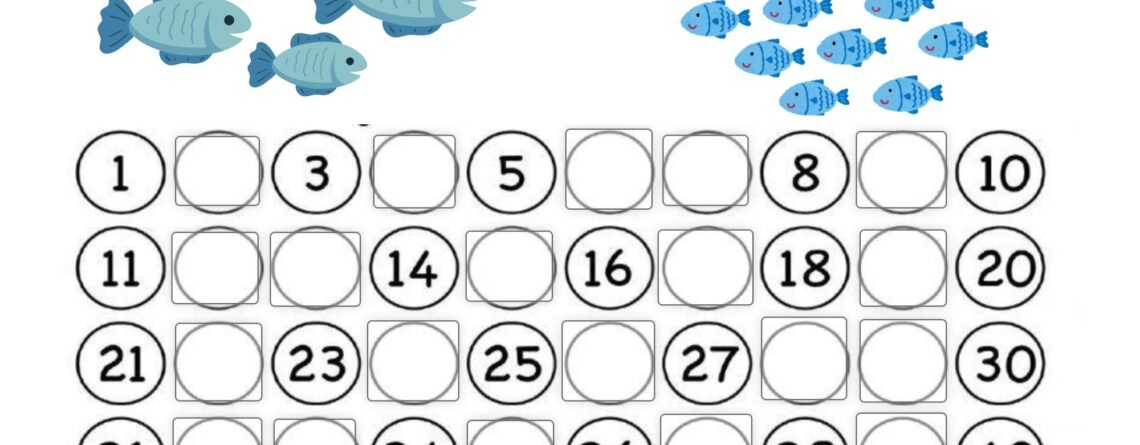
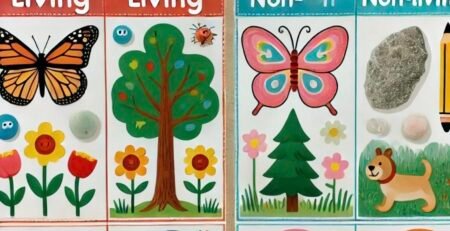

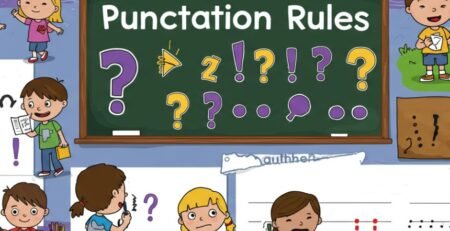


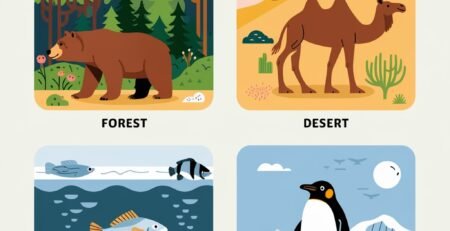




LEAVE A COMMENT